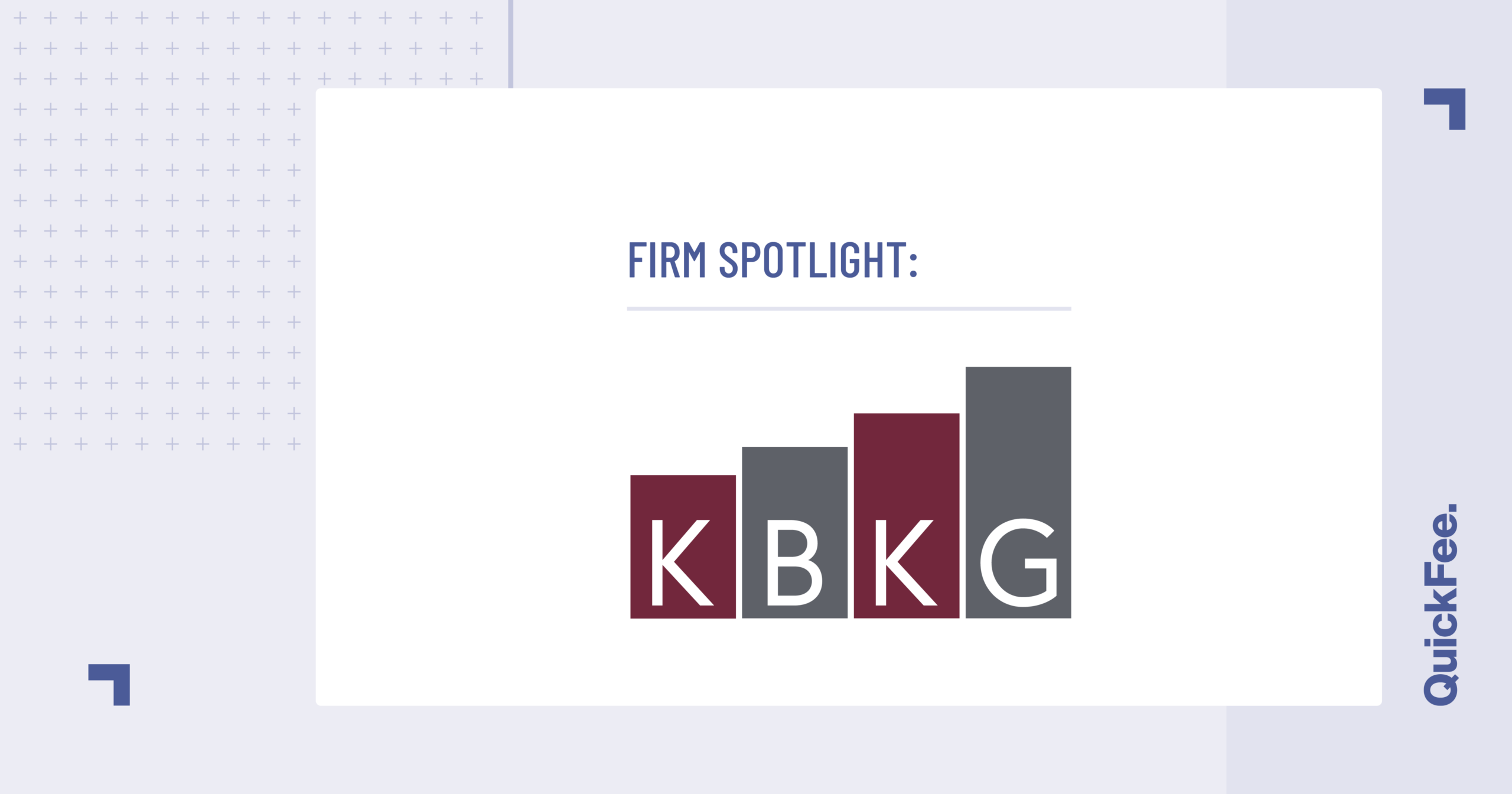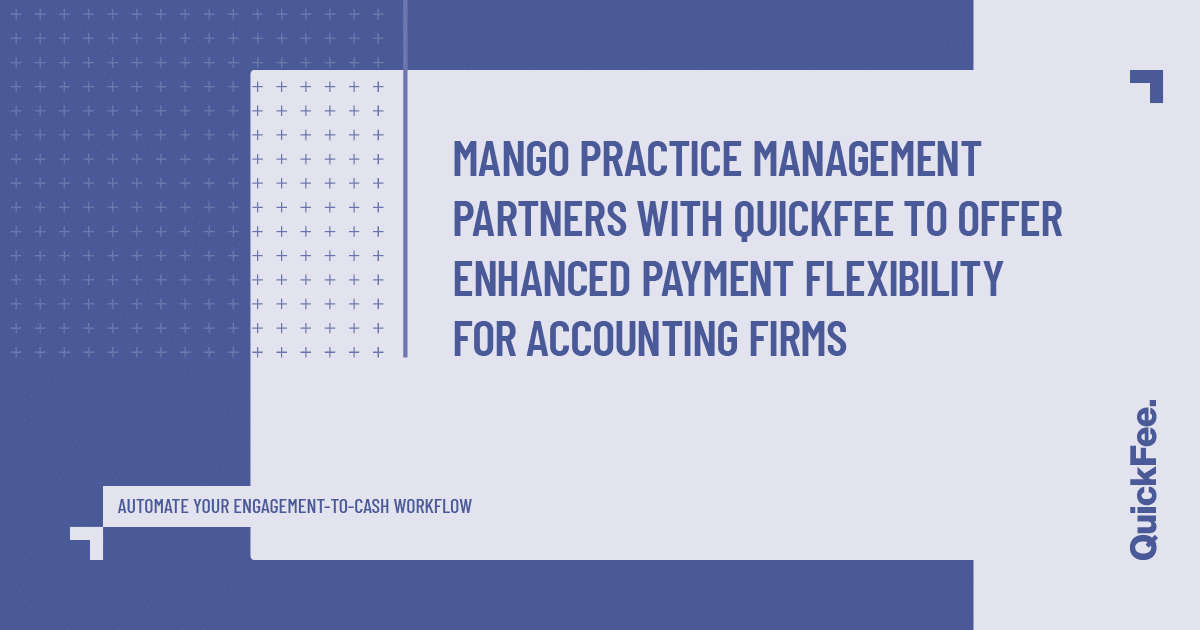Did you know that up to 60% of businesses are wasting 14+ hours a week on administrative tasks? For today’s leaders, staying ahead means harnessing the power of technology to streamline “busy work” and clear the way for other pressing priorities. That’s why Accounts Receivable automation is such a game-changer for finance and accounting teams […]




